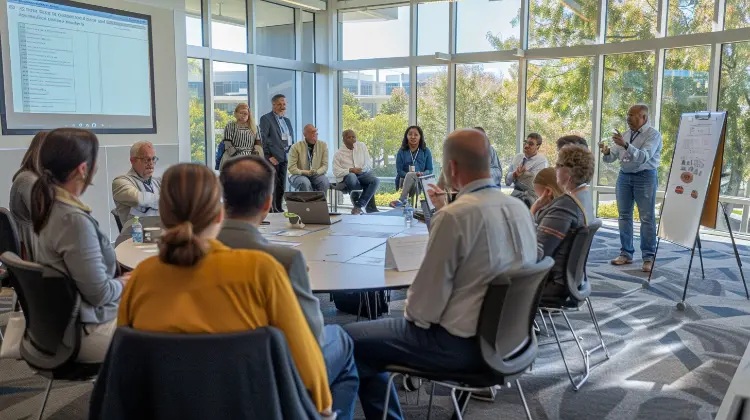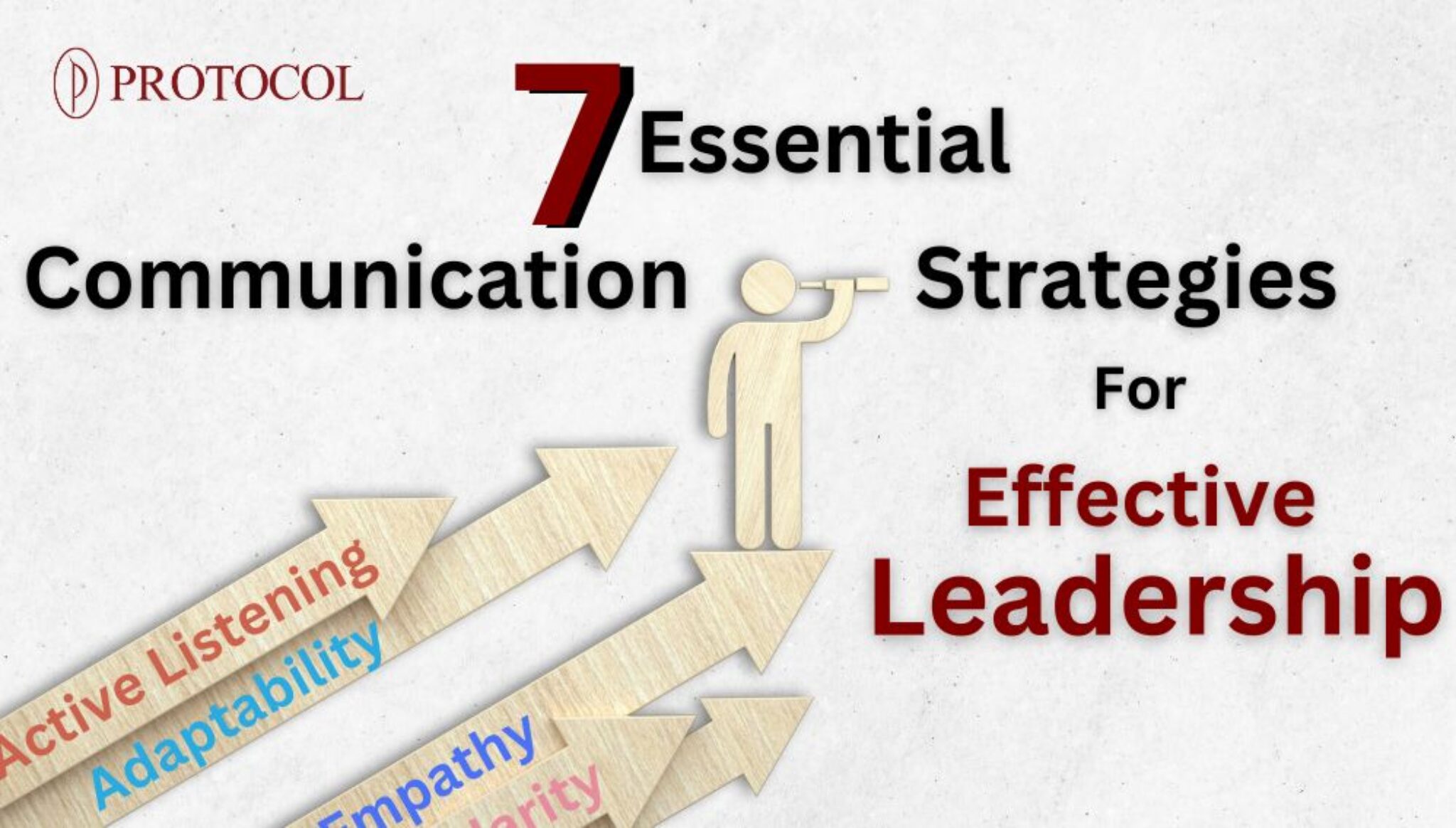Transition To Leadership Training

Summary: Leadership transition involves more than just a change in role; it requires a fundamental shift in behavior and mindset. Effective leaders must learn to empower their teams and derive satisfaction from their team’s achievements, rather than their own individual accomplishments. This article explores the nuances of transitioning into leadership, offering insights into the challenges and strategies for developing effective leadership skills.
Introduction: Understanding the Need for Leadership Transition
Leadership is not merely a position but a pivotal shift in responsibility and perspective. As individuals ascend to leadership roles, they encounter a paradigm shift—from being individual contributors to orchestrating the success of their teams. This transition is often challenging as new leaders must learn to derive their self-worth not from personal achievements but from the success of their team. A study by the Center for Creative Leadership highlights that 40% of new leaders fail within the first 18 months, primarily due to poor interpersonal skills and inability to build teamwork (Center for Creative Leadership).
The Essence of Leadership Transition
Redefining Power and Control
Effective leadership is characterized by the ability to delegate and trust rather than control. This shift is crucial as team members generally thrive under leaders who provide autonomy and respect their individuality. According to Gallup, teams with high employee engagement rates are 21% more productive; engagement is often higher when leaders successfully empower their teams (Gallup).
Embracing the Big Picture
Transitioning leaders must also learn to balance the diverse needs of various stakeholders including employees, customers, and the broader community. This often requires making difficult decisions that may not please everyone. Leaders must focus on aligning their actions with the organization’s core values and mission, even if it means facing opposition or conflict.
Managing Personal and Team Dynamics
Leadership involves managing not just projects and goals but also the emotions and motivations of team members. Leaders must navigate their feelings of separation from hands-on work and develop resilience against the inevitable challenges and setbacks. A supportive leadership style that respects and acknowledges individual differences within a team can lead to better performance and reduced turnover.
Conclusion: Cultivating a Positive Leadership Perspective
The transition to effective leadership is facilitated by continuous learning and self-reflection. Leaders should seek ongoing training and mentorship to refine their skills and adapt their leadership style to meet the needs of their team and organization. Setting clear goals, soliciting feedback, and being open to change are essential for leaders who aim to foster a positive and productive work environment. Leadership is not a static skill but a continuous journey of personal and professional development.
In conclusion, transitioning into leadership is a complex process that requires new leaders to undergo significant personal growth and change. By focusing on empowerment, stakeholder balance, and personal development, leaders can guide their teams to success and achieve lasting organizational impact.








